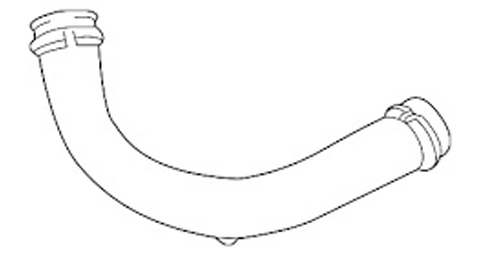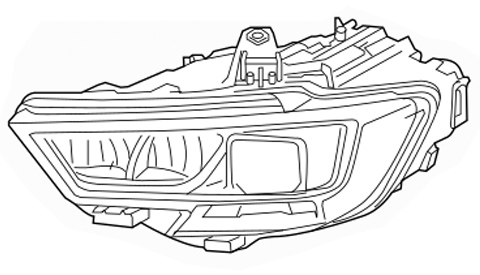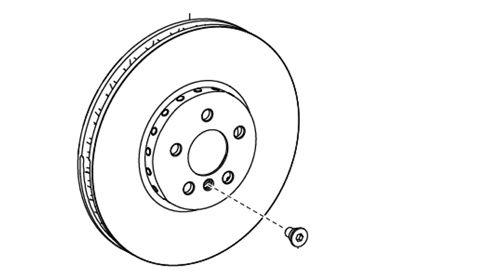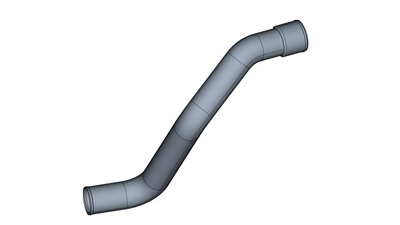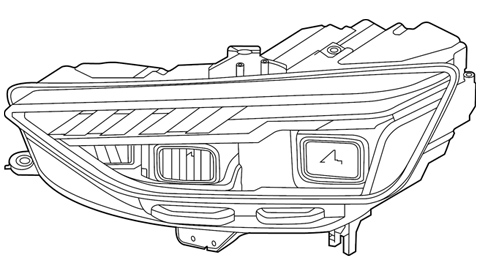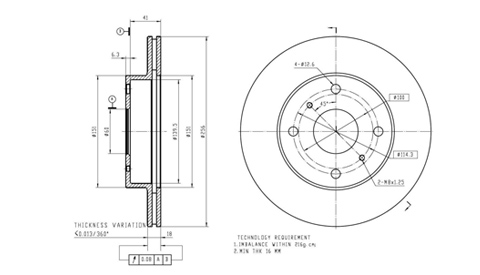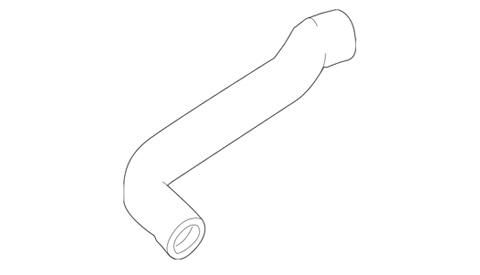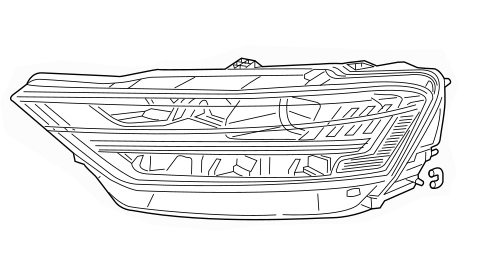-
Array
(
[0] => Array
(
[id] => 1
[siteid] => 1
[parentid] => 0
[parentstr] => 0,
[infotype] => 0
[classname] => Home
[navname] => Home
[alias] =>
[english] =>
[linkurl] => /
[relinkurl] => index.html
[picurl] =>
[picwidth] =>
[picheight] =>
[colorval] =>
[boldval] =>
[seotitle] => Automotive Lamp suppliers,Led Headlight solutions,Luz Led Para Moto price,Headli
[keywords] => Automotive Lamp suppliers,Led Headlight solutions,
[description] => IV Auto Parts is a Automotive Lamp suppliers, provides Led Headlight solutions,Luz Led Para Moto price,Headlights For Car fittings.
[orderid] => 1
[isnav] => true
[checkinfo] => true
[url] => index.html
[child] => Array
(
)
)
[1] => Array
(
[id] => 2
[siteid] => 1
[parentid] => 0
[parentstr] => 0,
[infotype] => 0
[classname] => About Us
[navname] => About Us
[alias] =>
[english] => We Make Fence Idea
[linkurl] => about.php
[relinkurl] => about.html
[picurl] =>
[picwidth] =>
[picheight] =>
[colorval] =>
[boldval] =>
[seotitle] => Car Head Lamp Agencies,vehicle Headlamp Wholesale,car Head Lamp Price; IV Auto P
[keywords] => car head lamp agencies,vehicle headlamp wholesale,
[description] => IV Auto Parts, built in Hongkong and based in mainland China, has specialized
in developing and exporting high quality fencing system since 2009.
[orderid] => 2 [isnav] => true [checkinfo] => true [url] => about.html [child] => Array ( [0] => Array ( [id] => 10 [siteid] => 1 [parentid] => 2 [parentstr] => 0,2, [infotype] => 0 [classname] => Our Culture [navname] => Our Culture [alias] => [english] => [linkurl] => about.php?cid=10 [relinkurl] => about-10-1.html [picurl] => [picwidth] => [picheight] => [colorval] => [boldval] => [seotitle] => [keywords] => [description] => [orderid] => 10 [isnav] => true [checkinfo] => true [url] => about-10-1.html [child] => Array ( ) ) [1] => Array ( [id] => 11 [siteid] => 1 [parentid] => 2 [parentstr] => 0,2, [infotype] => 2 [classname] => Our Team [navname] => Our Team [alias] => [english] => [linkurl] => team.php [relinkurl] => team.html [picurl] => [picwidth] => [picheight] => [colorval] => [boldval] => [seotitle] => [keywords] => [description] =>
We have been supplying Replacement Headlight assembly,Side Light,Tail Lights,driving Lights,Led Fog,Interior Light,Light Accessories,since 2009, and thanks to the contribution of our professional team, customers across the world thumb up to IV Aut [orderid] => 11 [isnav] => true [checkinfo] => true [url] => team.html [child] => Array ( ) ) [2] => Array ( [id] => 12 [siteid] => 1 [parentid] => 2 [parentstr] => 0,2, [infotype] => 0 [classname] => Reference List [navname] => Reference List [alias] => [english] => [linkurl] => reference.php [relinkurl] => reference.html [picurl] => [picwidth] => [picheight] => [colorval] => [boldval] => [seotitle] => [keywords] => [description] => [orderid] => 12 [isnav] => true [checkinfo] => true [url] => reference.html [child] => Array ( ) ) ) ) [2] => Array ( [id] => 3 [siteid] => 1 [parentid] => 0 [parentstr] => 0, [infotype] => 2 [classname] => Warranty [navname] => Warranty [alias] => [english] => [linkurl] => warranty.php [relinkurl] => warranty.html [picurl] => [picwidth] => [picheight] => [colorval] => [boldval] => [seotitle] => Halogen Headlamps Solution,Motorcycle Headlamp Services,Upgrade Headlight Cost; [keywords] => Halogen Headlamps Solution,Motorcycle Headlamp Ser [description] => IV Auto Parts Provided For You Halogen Headlamps Solution,Motorcycle Headlamp Services,Upgrade Headlight Cost Calculate.
[orderid] => 3 [isnav] => true [checkinfo] => true [url] => warranty.html [child] => Array ( [0] => Array ( [id] => 13 [siteid] => 1 [parentid] => 3 [parentstr] => 0,3, [infotype] => 2 [classname] => CERTIFICATES [navname] => CERTIFICATES [alias] => [english] => [linkurl] => warranty.php?cid=13 [relinkurl] => warranty-13-1.html [picurl] => [picwidth] => [picheight] => [colorval] => [boldval] => [seotitle] => [keywords] => [description] => Your partner all the way
At IV Auto Parts we work as a complete supplier: We develop, produce and sell finishing systems and make sure the operators are fully instructed and able to run the Parts.
On top of tha [orderid] => 13 [isnav] => true [checkinfo] => true [url] => warranty-13-1.html [child] => Array ( ) ) [1] => Array ( [id] => 34 [siteid] => 1 [parentid] => 3 [parentstr] => 0,3, [infotype] => 0 [classname] => FAQ [navname] => FAQ [alias] => [english] => [linkurl] => FAQ.php [relinkurl] => FAQ.html [picurl] => [picwidth] => [picheight] => [colorval] => [boldval] => [seotitle] => [keywords] => [description] => [orderid] => 28 [isnav] => true [checkinfo] => true [url] => FAQ.html [child] => Array ( ) ) [2] => Array ( [id] => 33 [siteid] => 1 [parentid] => 3 [parentstr] => 0,3, [infotype] => 0 [classname] => Service & After Sales [navname] => Service & After Sale [alias] => [english] => [linkurl] => ServiceAndAfterSales.php [relinkurl] => ServiceAndAfterSales.html [picurl] => [picwidth] => [picheight] => [colorval] => [boldval] => [seotitle] => [keywords] => [description] => [orderid] => 29 [isnav] => true [checkinfo] => true [url] => ServiceAndAfterSales.html [child] => Array ( ) ) ) ) [3] => Array ( [id] => 4 [siteid] => 1 [parentid] => 0 [parentstr] => 0, [infotype] => 2 [classname] => Products [navname] => Products [alias] => Products List [english] => Explore Auto Parts Products [linkurl] => products.php [relinkurl] => products.html [picurl] => [picwidth] => [picheight] => [colorval] => [boldval] => [seotitle] => Headlamp Car For Sale,buy Headlamp,refit Headlight Cost, Head Lamp Fittings; IV [keywords] => IV Auto Parts Provide You With Details Refit Buy [description] => IV Auto Parts Provide You With Details Refit Buy Headlight Cost,head Lamp Fittings For Sale.
[orderid] => 4 [isnav] => true [checkinfo] => true [url] => products.html [child] => Array ( [0] => Array ( [id] => 24 [siteid] => 1 [parentid] => 4 [parentstr] => 0,4, [infotype] => 2 [classname] => Headlight assembly [navname] => Headlight assembly [alias] => Headlight assembly [english] => Headlight assembly [linkurl] => products-24-1.html [relinkurl] => products-24-1.html [picurl] => [picwidth] => [picheight] => [colorval] => [boldval] => [seotitle] => [keywords] => [description] => [orderid] => 22 [isnav] => true [checkinfo] => true [url] => products-24-1.html [child] => Array ( ) ) [1] => Array ( [id] => 29 [siteid] => 1 [parentid] => 4 [parentstr] => 0,4, [infotype] => 2 [classname] => Taillight Assembly [navname] => Taillight Assembly [alias] => Taillight Assembly [english] => Taillight Assembly [linkurl] => [relinkurl] => products-29-1.html [picurl] => [picwidth] => [picheight] => [colorval] => [boldval] => [seotitle] => Taillight Assembly [keywords] => Taillight Assembly,Tail Lights,Tail Lamp,Led Tail [description] => Taillight Assembly,Tail Lamp,Led Tail Lights For Audi [orderid] => 23 [isnav] => true [checkinfo] => true [url] => products-29-1.html [child] => Array ( ) ) [2] => Array ( [id] => 25 [siteid] => 1 [parentid] => 4 [parentstr] => 0,4, [infotype] => 2 [classname] => Turn Signal Light [navname] => Turn Signal Light [alias] => Turn Signal Light [english] => Turn Signal Light [linkurl] => products-25-1.php [relinkurl] => products-25-1.html [picurl] => [picwidth] => [picheight] => [colorval] => [boldval] => [seotitle] => [keywords] => Turn Signal Light,Side Blinker,Audi Turn Signal Li [description] => Audi Turn Signal Light [orderid] => 24 [isnav] => true [checkinfo] => true [url] => products-25-1.html [child] => Array ( ) ) [3] => Array ( [id] => 36 [siteid] => 1 [parentid] => 4 [parentstr] => 0,4, [infotype] => 2 [classname] => Alternator [navname] => Alternator [alias] => Alternator [english] => Alternator [linkurl] => products-36-1.php [relinkurl] => products-36-1.html [picurl] => [picwidth] => [picheight] => [colorval] => [boldval] => [seotitle] => Alternator For with Audi [keywords] => Alternator For with Audi [description] =>
Email:
sales@ivautoparts.com
Tel.: +86 13933893619
How do you reseal a headlight assembly?
2024-10-17
Summary:
Resealing a headlight assembly typically involves addressing gaps or leaks in the assembly's sealing system to prevent moisture and debris from entering. Here are some general steps to reseal a headlight assembly, though specific procedures may vary depen
Resealing a headlight assembly typically involves addressing gaps or leaks in the assembly's sealing system to prevent moisture and debris from entering. Here are some general steps to reseal a headlight assembly, though specific procedures may vary depending on the vehicle and headlight design:
1. Prepare the Area:
Prepare the Workspace:
Ensure you have a clean, well-lit workspace.
Wear protective gear such as gloves and safety glasses.
New sealant (automotive silicone or specific headlight sealant)
Cleaning supplies (isopropyl alcohol, rags, etc.)
Screwdrivers or other tools to remove the headlight
2. Remove the Headlight Assembly:
Access the headlight assembly, which may require removing screws, bolts, or clips that secure it in place.
Disconnect any electrical connectors associated with the headlights.
Ensure the vehicle is turned off and the headlights have cooled down completely.
Carefully remove the headlight assembly from the vehicle.
3. Inspect the Seals:
Examine the existing seals for any wear, cracking, or damage.
Remove any old sealant or adhesive that may be present.
4. Clean the Surface:
Use a suitable cleaner to remove any grease, dirt, or debris from the surfaces where the new seals will be installed.
Ensure the surfaces are dry and free of any contaminants.
Obtain new seals that are compatible with your vehicle's headlight assembly.
Carefully position the new seals, ensuring they fit snugly and cover all potential gaps.
6. Apply Sealant (if Necessary):
In some cases, additional sealant may be required to ensure a watertight seal.
Follow the manufacturer's instructions for applying the sealant, ensuring it is applied evenly and covers all necessary areas.
Allow the sealant to cure according to the manufacturer's recommendations. This can take anywhere from a few hours to 24 hours, depending on the product.
7. Reassemble the Headlight Assembly:
Position the headlight assembly back in place on the vehicle.
Secure it using the screws, bolts, or clips that were removed earlier.
Reconnect any electrical connectors.
8. Test the Headlights:
Before finalizing the installation, test the headlights to ensure they are functioning correctly and there are no leaks.
Adjust the headlights as necessary to ensure proper alignment and beam pattern.
9. Inspect for Leaks:
After driving the vehicle for a short period, inspect the headlight assembly for any signs of leaks.
If leaks are detected, you may need to repeat the sealing process or consult a professional for assistance.
Consider using a dehumidifier or silica gel packets inside the headlight to help prevent future moisture buildup.
Regularly check the seals on your headlights to catch any issues early and prevent damage.
By following these steps, you should be able to successfully reseal your headlight assembly and prevent moisture from entering.
It's important to note that resealing a headlight assembly may not always be a viable option, especially if the damage is severe or the seals are no longer available. In such cases, replacing the entire headlight assembly may be necessary.
Additionally, the specific steps and materials required may vary depending on the make, model, and year of your vehicle. Therefore, it's always a good idea to consult your vehicle's owner's manual or a professional repair shop for guidance.
1. Prepare the Area:
Prepare the Workspace:
Ensure you have a clean, well-lit workspace.
Wear protective gear such as gloves and safety glasses.
New sealant (automotive silicone or specific headlight sealant)
Cleaning supplies (isopropyl alcohol, rags, etc.)
Screwdrivers or other tools to remove the headlight
2. Remove the Headlight Assembly:
Access the headlight assembly, which may require removing screws, bolts, or clips that secure it in place.
Disconnect any electrical connectors associated with the headlights.
Ensure the vehicle is turned off and the headlights have cooled down completely.
Carefully remove the headlight assembly from the vehicle.
3. Inspect the Seals:
Examine the existing seals for any wear, cracking, or damage.
Remove any old sealant or adhesive that may be present.
4. Clean the Surface:
Use a suitable cleaner to remove any grease, dirt, or debris from the surfaces where the new seals will be installed.
Ensure the surfaces are dry and free of any contaminants.

Obtain new seals that are compatible with your vehicle's headlight assembly.
Carefully position the new seals, ensuring they fit snugly and cover all potential gaps.
6. Apply Sealant (if Necessary):
In some cases, additional sealant may be required to ensure a watertight seal.
Follow the manufacturer's instructions for applying the sealant, ensuring it is applied evenly and covers all necessary areas.
Allow the sealant to cure according to the manufacturer's recommendations. This can take anywhere from a few hours to 24 hours, depending on the product.
7. Reassemble the Headlight Assembly:
Position the headlight assembly back in place on the vehicle.
Secure it using the screws, bolts, or clips that were removed earlier.
Reconnect any electrical connectors.
8. Test the Headlights:
Before finalizing the installation, test the headlights to ensure they are functioning correctly and there are no leaks.
Adjust the headlights as necessary to ensure proper alignment and beam pattern.
9. Inspect for Leaks:
After driving the vehicle for a short period, inspect the headlight assembly for any signs of leaks.
If leaks are detected, you may need to repeat the sealing process or consult a professional for assistance.
Consider using a dehumidifier or silica gel packets inside the headlight to help prevent future moisture buildup.
Regularly check the seals on your headlights to catch any issues early and prevent damage.
By following these steps, you should be able to successfully reseal your headlight assembly and prevent moisture from entering.
It's important to note that resealing a headlight assembly may not always be a viable option, especially if the damage is severe or the seals are no longer available. In such cases, replacing the entire headlight assembly may be necessary.
Additionally, the specific steps and materials required may vary depending on the make, model, and year of your vehicle. Therefore, it's always a good idea to consult your vehicle's owner's manual or a professional repair shop for guidance.


